An Aberdeen University study on male breast cancer management and treatment has helped identify differences which could have a major impact.
The study, carried out by university professors and NHS Grampian staff, reviewed 29 years of scientific papers on male breast cancer.
With only around 400 men diagnosed with the disease each year in the UK – compared to 66,000 women- finding enough samples to study can be “challenging”.
This is why, world-leading cancer expert professor Valerie Speirs, chairwoman in molecular oncology at Aberdeen University, said the review of research already carried out was “vital”.
Professor Speirs said: “For decades male breast cancer has been understudied, and because men tend to visit their GP much later with symptoms the outcome for men can be worse than women.
“However, things are starting to change and there has been real progress in this area over the last decade.”
Men ‘crying out’ for specific gender research
Examining scientific papers from 1992 t0 2021, the review identified “major differences” between male and female conditions.
One of these was identifying the way male bodies responded differently from females to sex hormones. Also, breast tumours in males were found to have higher levels of oestrogen receptors.
Other differences included more abundant proteins being identified in men which could lead to more targeted treatments.
The review also highlighted the need to consider ethnicity.
Male breast cancer incidence is reportedly two to two and a half-fold higher in black men, which has yet to be investigated.
Professor Speirs explains: “Male breast cancer, while still rare, is becoming increasingly common, yet men are treated in exactly the same way as women.
“Scientists are now starting to work more collaboratively to establish bigger collections of male breast cancer samples which allow us to study this in more detail and extend our work beyond just observational findings which can be one of the disadvantages of studying a rare illness.
“From my interactions with men with breast cancer they are crying out for specific research to be done on the male version of the disease.
“Our investigation has identified gaps that need to be filled which in the long term which could eventually inform the standard of care, and that’s something that men really want.”
The study is also available as a podcast on The Lancet Oncology.
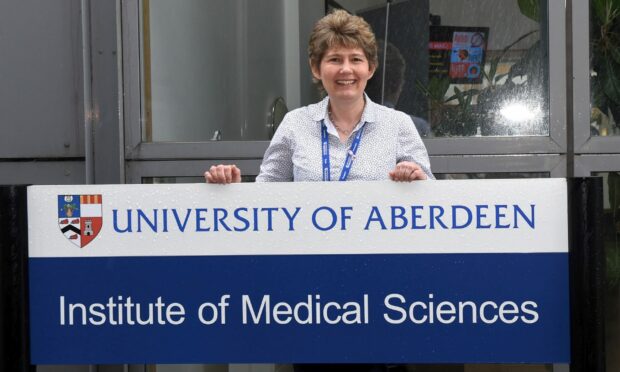
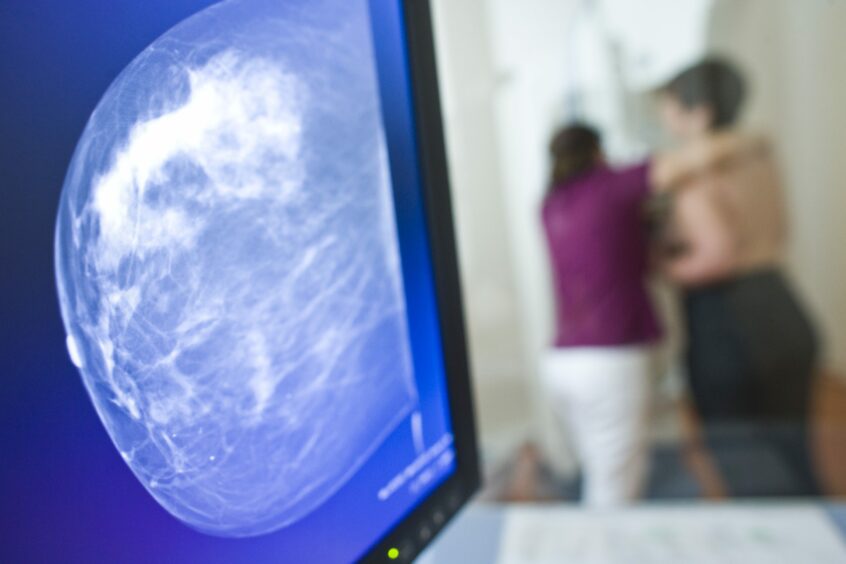
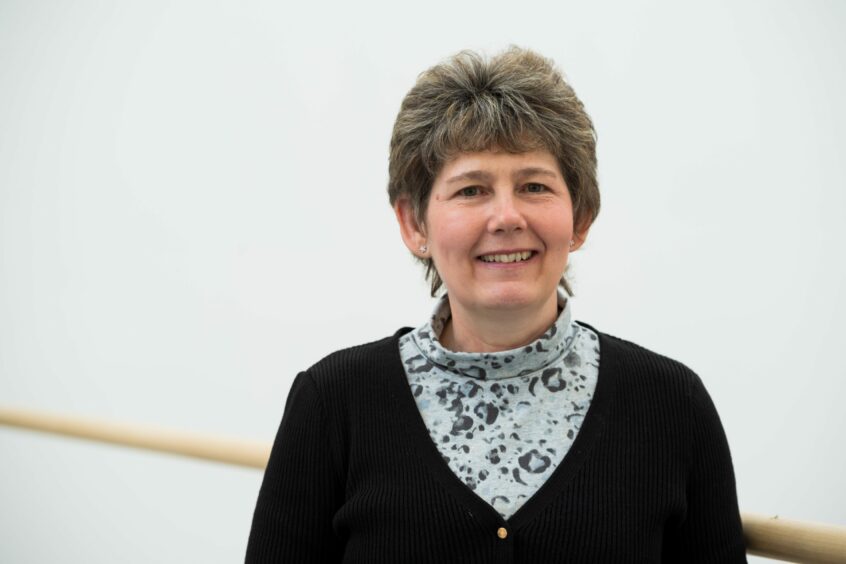
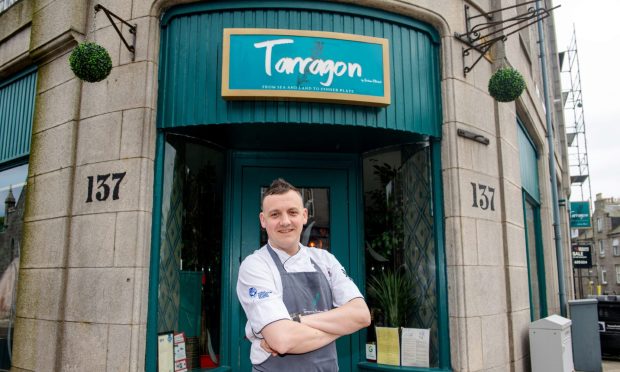
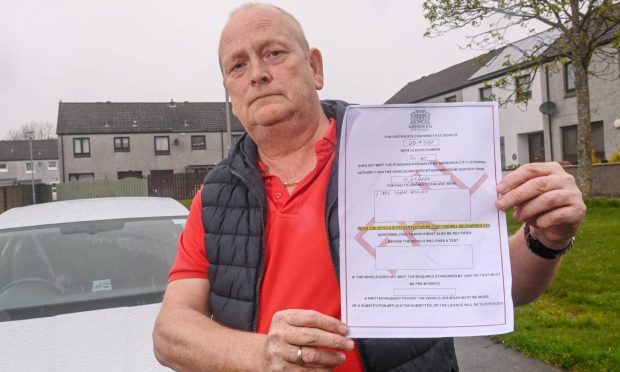
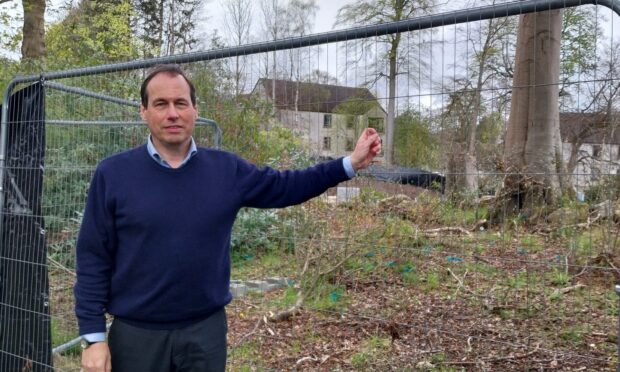
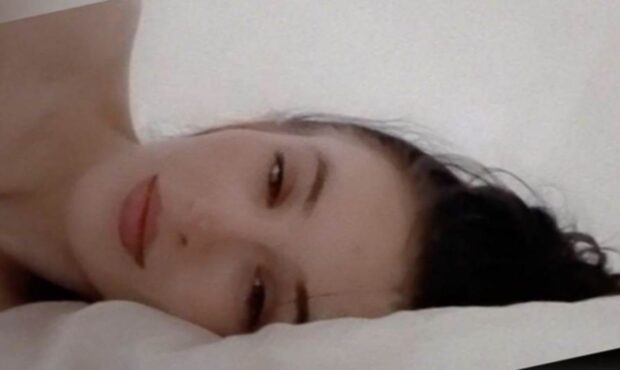
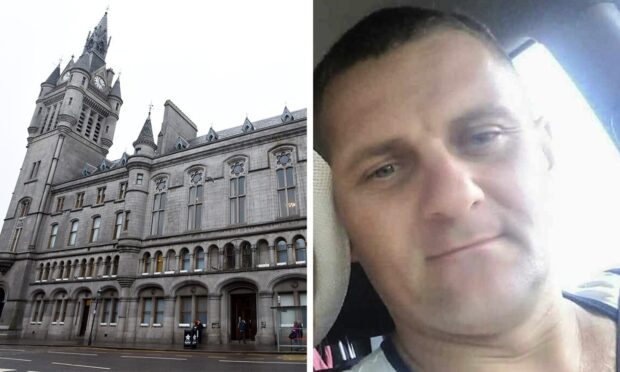
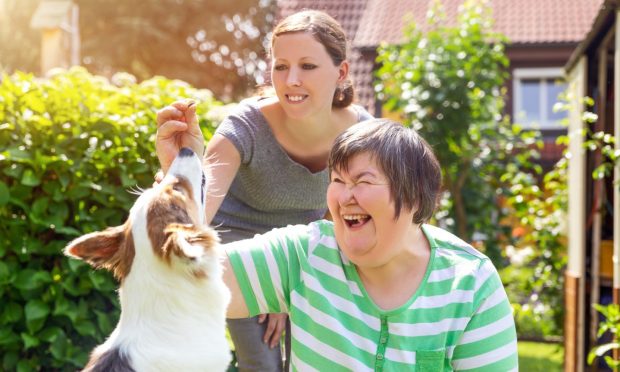
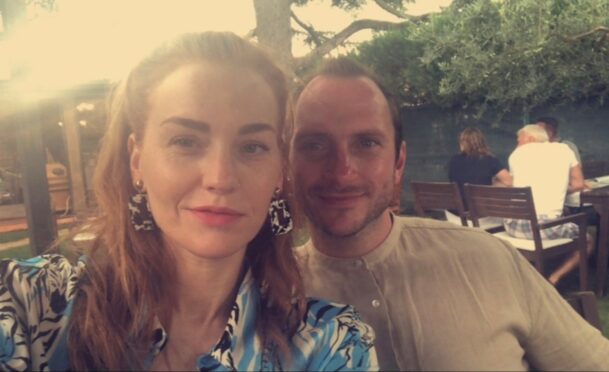
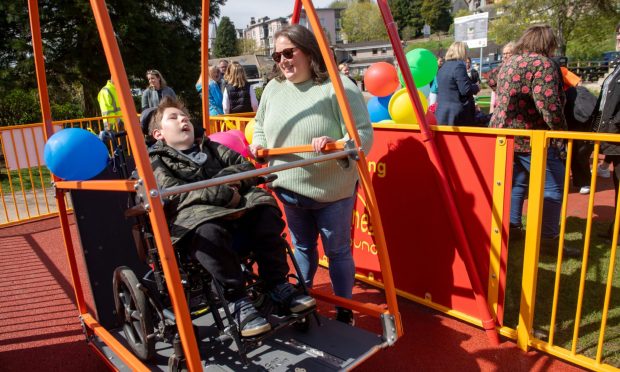

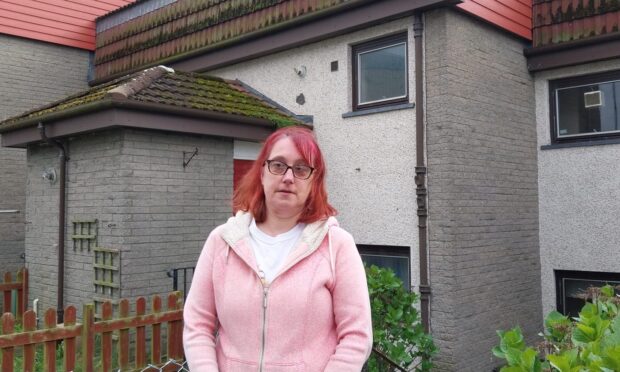
Conversation